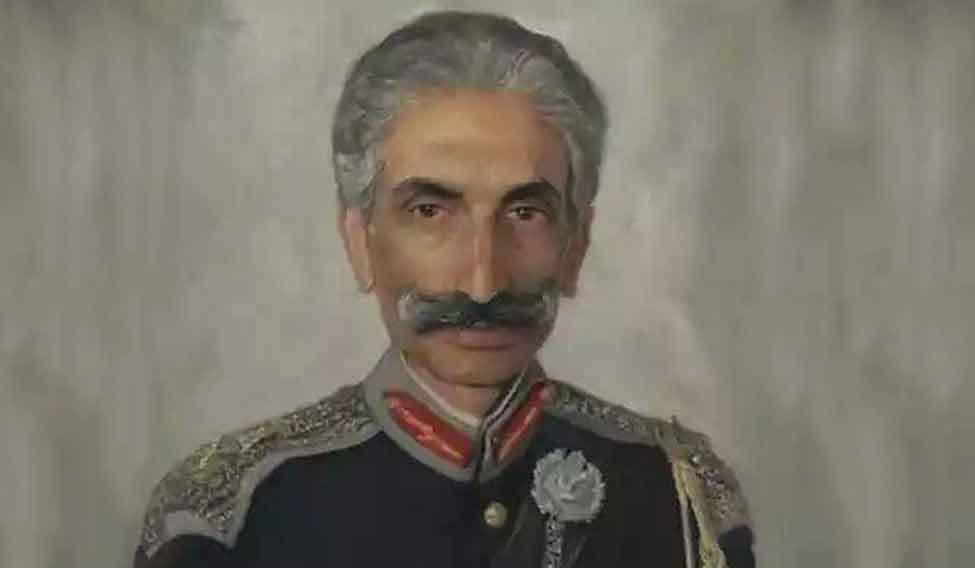THERE IS an interesting video of Lt Gen Hanut Singh paying tribute to second lieutenant Arun Khetrapal, the youngest martyr of the 1971 war. In the video, Singh recalls how Khetrapal was selected for the Young Officers’ (YO) course when war broke out. Khetrapal, 20, urged Singh, who was then commandant of 17 Poona Horse regiment, to allow him to head for the front. “Sir, the regiment is going to war. This is an opportunity of a lifetime. If I miss out now, I may never see action again in my life. Please take me off the YO course. I will not let you down,” he said.
Khetrapal kept his word. As the youngest officer in Poona Horse, he displayed exemplary courage at the Battle of Basantar. He kept on fighting even after his tank was hit and he was wounded. He was awarded Param Vir Chakra posthumously.
In the video, Singh is seen having aged gracefully. His eyes are ever alert and his nose even more prominent. There are no trophies in the background, no insignias or medals, not a thing to indicate that the man is, perhaps, the best armoured commander India has ever produced.
Singh, who died last year, belonged to the Rathore rajput family of Jasol in Barmer. His father, too, had been an Army officer. Singh was commissioned into the Poona Horse regiment. This was the decade after World War II and he studied the war campaigns of generals like Manstein, Rommel, Montgomery, Guderian and Patton. He modelled himself on the German general staff and believed that they had perfected the theory of mobile warfare, wrote retired major general Raj Mehta in a tribute last year.
In the mid-1950s, when Poona Horse was issued Centurion tanks made in Britain, Singh was selected for an advanced gunnery course in the UK. Upon his return, he was posted as gunnery instructor at the Armoured Corps Centre and School in Ahmednagar. At ACC&S, he wrote ‘Technique of Shooting from Armoured Fighting Vehicles’. “These techniques continued to be the bedrock of gunnery training in the Armoured Corps for as long as Centurions were in service and enabled India to outshoot Pakistani Pattons in 1971,” writes Maj Gen V.K. Singh in Leadership In Indian Army: Biographies of Twelve Soldiers.
Under his command, 17 Poona Horse crippled 13th Lancers and 31st Cavalry regiments of the Pakistani army in the 1971 war. During the fight with 8th Armoured Brigade, 17 Horse destroyed 50 Pakistani tanks in a single day. He was awarded the Maha Vir Chakra for his gallantry and leadership during the war. By the time he retired as lieutenant general in 1991, Singh had commanded an armoured brigade, an armoured division and 2 Corps, and was commandant of ACC&S from 1988 to 1991.
A bachelor, Singh had a spiritual bent of mind. Every evening, he would meditate and nobody could disturb him. This had detractors branding him as a religious bigot, which affected his chances to head an army command, according to V.K. Singh's book. Post retirement, he lived in an ashram in Dehradun, where he died last April.







